How long does epoxy resin take to dry? It’s a common question with more than one answer. While many resins feel dry to the touch within 24 hours, complete curing often takes up to 72 hours and sometimes longer, depending on the formula and environment.
Whether you're a DIYer or working on a professional project, understanding cure time is key to getting the desired results.
In this guide, we’ll explain the typical drying timeline, what can speed things up or slow them down, and how to avoid common mistakes.
The truth depends on more than just the clock. Find out what really controls your resin’s cure time.
How Long Does Epoxy Resin Take to Dry: Curing Time Explained
Depending on the resin type and conditions, epoxy resin drying times can vary greatly. It's important to understand these variations for your specific project needs.
Epoxy Resin Drying/Curing Times
- Touch Dry: Epoxy resin usually becomes touch-dry within 24 hours. This is a critical phase when the surface is no longer sticky.
- Partial Cure: It typically reaches partial strength in about 72 hours. During this time, it's important to avoid moving or stressing the project to prevent damage.
- Full Cure: After about 7 days, the resin reaches full hardness and chemical resistance. This is when the epoxy is at its strongest and most durable.
For accurate curing times, consult the instructions specific to your product.
Also Read: Epoxy Resin vs UV Resin
Factors Influencing Epoxy Resin Drying and Curing Times
Several factors can impact how long epoxy resin takes to dry and cure. These include temperature, humidity, the type of epoxy resin, the hardener used, and the thickness of the application.
Understanding these elements can help you achieve the best results for your project.
1. Temperature
Ambient temperature has a big impact on how epoxy resin cures. Here's what you need to know:
-
Warm temperatures (around 68°F to 75°F or 20°C to 24°C) are ideal for curing. They help the resin harden properly and on time.
-
Cooler temperatures slow down the curing process and can lead to tacky or under-cured resin if conditions aren’t stable.
-
High heat can cause the resin to cure too quickly, resulting in bubbles, cracks, or an uneven surface.
If your workspace temperature fluctuates, use heaters or fans to keep it consistent during curing.
2. Humidity
Humidity can affect how well epoxy resin cures, especially the surface finish. Here’s what to keep in mind:
High humidity (above 60%) can cause issues like blushing, cloudiness, or a tacky surface.
Keep humidity below 60% during both the pouring and curing stages for the best results.
Use a dehumidifier when working in a damp environment or during humid weather.
Monitoring the air moisture levels can help prevent surface imperfections and ensure a clean, clear finish.
3. Type of Epoxy Resin
Not all epoxy resins cure the same way. The formula you choose will impact the drying and curing time:
-
Fast-curing resins may dry to the touch within a few hours and are great for small projects or quick fixes.
-
Standard or slow-curing resins typically take 24 to 72 hours to fully cure and are ideal for more detailed work.
-
Deep-pour resins are designed for thick applications but need extra time to cure—sometimes up to 7 days.
Choose a resin based on your project size and timeline. Quick jobs call for fast-cure formulas, while larger or layered projects benefit from slower options.
4. Hardener Type
The hardener you pair with your resin plays a big role in curing speed:
Fast or extra-fast hardeners reduce cure time but give you less working time.
Slow hardeners extend the working window and curing duration, which is helpful for detailed or large-scale projects.
Always follow the manufacturer’s instructions for proper mixing ratios and compatibility between resin and hardener.
Matching the right hardener to your project helps avoid issues like incomplete curing or poor adhesion.
5. Application Thickness
How thick you pour your epoxy also affects how it cures:
-
Thicker pours generate more heat, which can cause faster curing and increase the risk of bubbles, yellowing, or cracking.
-
To stay safe, pour in layers no thicker than 1/8 to 1/4 inch at a time.
-
Allow each layer to partially cure before adding the next to ensure even drying and avoid overheating.
This layered approach helps maintain your project's appearance and structural integrity.
Essential Tips for Managing Epoxy Resin Drying Times
Getting the best results from epoxy resin isn’t just about following the instructions on the label. Managing drying and curing times requires a bit of planning and attention to detail.
From controlling your workspace conditions to choosing the right products and applying them properly, every step matters.
These tips will help you avoid common issues and ensure your resin cures smoothly and evenly.
Controlling Your Environment
Maintaining consistent temperature and humidity is key to proper curing. Here’s what to keep in mind:
- Ideal temperature: Keep your workspace between 75°F and 80°F (24°C to 27°C).
- Humidity: Aim for under 60%. High humidity can cause surface issues like blushing or cloudiness.
- Ventilation: Ensure good airflow, but avoid direct drafts across the resin surface to prevent dust or ripples.
- Tools to help: Use heaters or air conditioners to stabilize temperature, and a dehumidifier if needed.
Choose the Right Epoxy and Hardener
The type of epoxy and hardener you use directly affects drying time and final results.
- Curing times vary: Some resins cure in as little as 8 hours, while others may take up to 72 hours or more.
- Match to your environment: Check the product label for temperature and humidity recommendations.
-
Fast vs. slow formulas: Use fast-curing options for smaller or time-sensitive projects, and slower-cure resins for larger pours or warm climates.
Choosing the right combination ensures better adhesion, fewer issues, and a smooth finish.

📌 Choose Resiners® 32oz Crystal Clear Epoxy Resin or quick drying and fast curing times.
Use Layering Techniques
Applying epoxy in layers helps control heat and improve curing.
- Thin is better: Stick to 1/8" to 1/4" per layer to prevent overheating and bubbles.
- Let each layer set: Wait until the surface is slightly tacky before adding the next layer to ensure proper bonding.
- Avoid rushing: Trying to pour too thick or too fast can lead to uneven curing and surface flaws.
Taking your time between layers leads to a cleaner, stronger final result.
Monitor and Test Before Full Application
Testing on a small scale can save time and avoid costly mistakes.
- Do a test batch: Try a small mix under your current conditions to see how it behaves.
- Track progress: Use timers to measure working and curing times.
- Keep notes: Record temperature, humidity, and time for each project. This helps you adjust and improve your process in future applications.
With a little prep and careful observation, you’ll get better results with every project.
Also Read: Do You Have To Remove Bubbles From Resin?
What To Know About Epoxy Drying Times
-
Temperature Matters: The ideal temperature for curing epoxy is between 75°F and 80°F. If the temperature drops or rises, drying times can change.
-
Touch Dry vs. Full Cure: Epoxy can be touch dry in about 24 hours, but a full cure often takes 72 hours. Some projects might need up to seven days for a complete cure.
-
Types of Epoxy: Not all epoxy products have the exact drying times. Some may set as quickly as one hour when heated to 300°F, while others need several hours at room temperature. Check product instructions for specific drying times.
-
Humidity Impact: High humidity can make epoxy take longer to dry. Work in a space with controlled humidity levels to ensure predictable results.
-
Thin vs. Thick Layers: Thicker layers of epoxy may require more time to dry than thinner layers. Be mindful of the volume you use.
-
Final Coat Considerations: The final flood coat may take longer to set. It is essential to allocate enough time for this last step to dry properly.
Understanding the variables that affect epoxy drying will help you get the best results on your projects. Always follow the manufacturer's guidelines and test on a small area if possible.
Frequently Asked Questions
Epoxy resin drying times can vary due to factors like temperature and humidity. Understanding the right conditions can help you achieve the best results.
Below are answers to common questions about epoxy drying.
What happens if you touch epoxy before it dries?
If you touch epoxy before it dries, you can disrupt the curing process and leave fingerprints or smudges on the surface. Additionally, uncured epoxy is sticky and can be difficult to remove from your skin. It's important to wear gloves and avoid contact with the epoxy until it has fully cured.
Can You Speed Up the Setting Time of Epoxy?
Yes, you can speed up the setting time of epoxy by increasing the ambient temperature or using a fast-curing epoxy formula. Applying heat with a heat gun or placing the epoxy in a warm environment can also accelerate the curing process. However, be cautious not to overheat, as this can cause the epoxy to cure unevenly or create bubbles.
What is the fastest way to dry epoxy resin?
The fastest way to dry epoxy resin is to apply heat using a heat gun or place the project in a warm, dry environment. Ensure the temperature is consistent and not too high to avoid issues like bubbles or uneven curing. Using a fast-curing epoxy formula can also significantly reduce drying time.
What happens if epoxy gets wet before it cures?
If epoxy gets wet before it cures, it can disrupt the chemical reaction necessary for proper curing. This may lead to a weakened bond, cloudiness, or an incomplete cure, which makes the epoxy less effective. Therefore, it is essential to keep the epoxy dry and protected from moisture until it has fully cured.
Is epoxy 100% waterproof?
Yes, once fully cured, epoxy is 100% waterproof. It forms a durable, water-resistant barrier that can protect surfaces from moisture and water damage. This makes epoxy ideal for various applications, including marine environments and waterproof coatings.

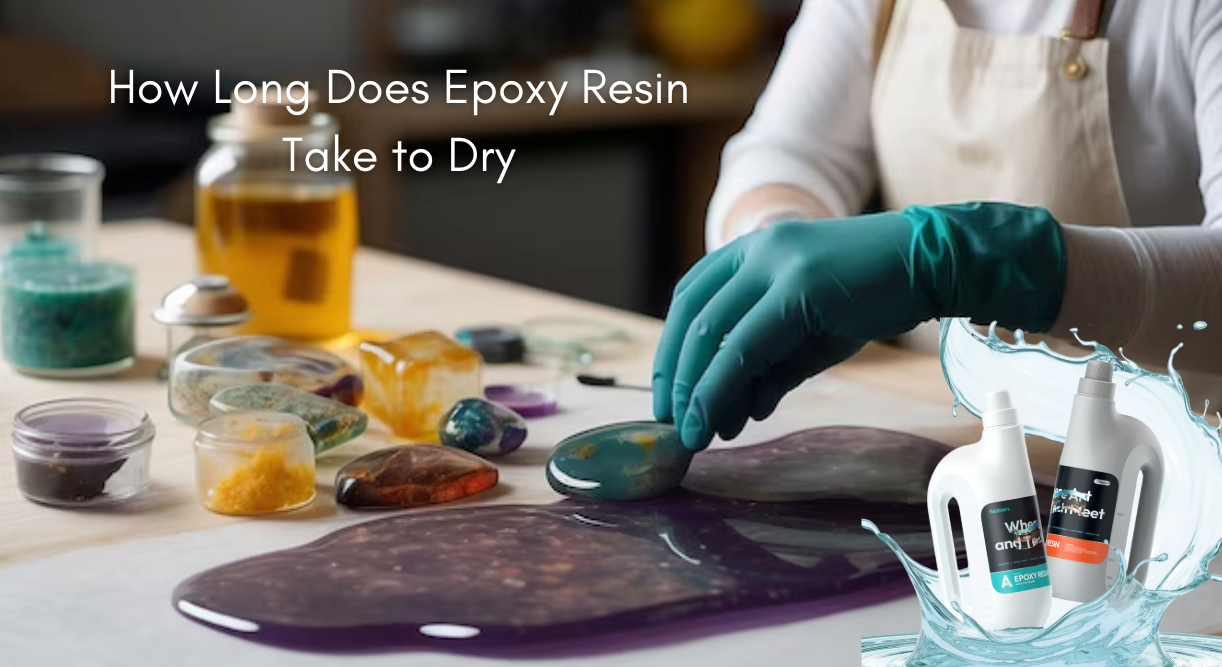
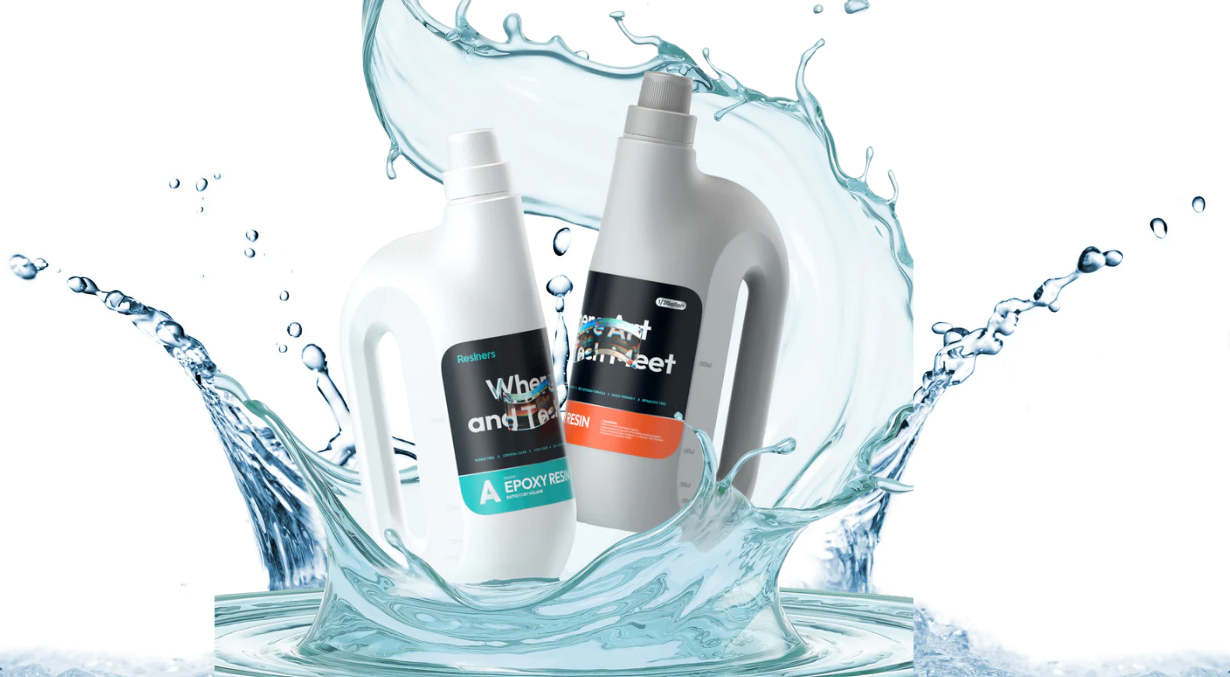



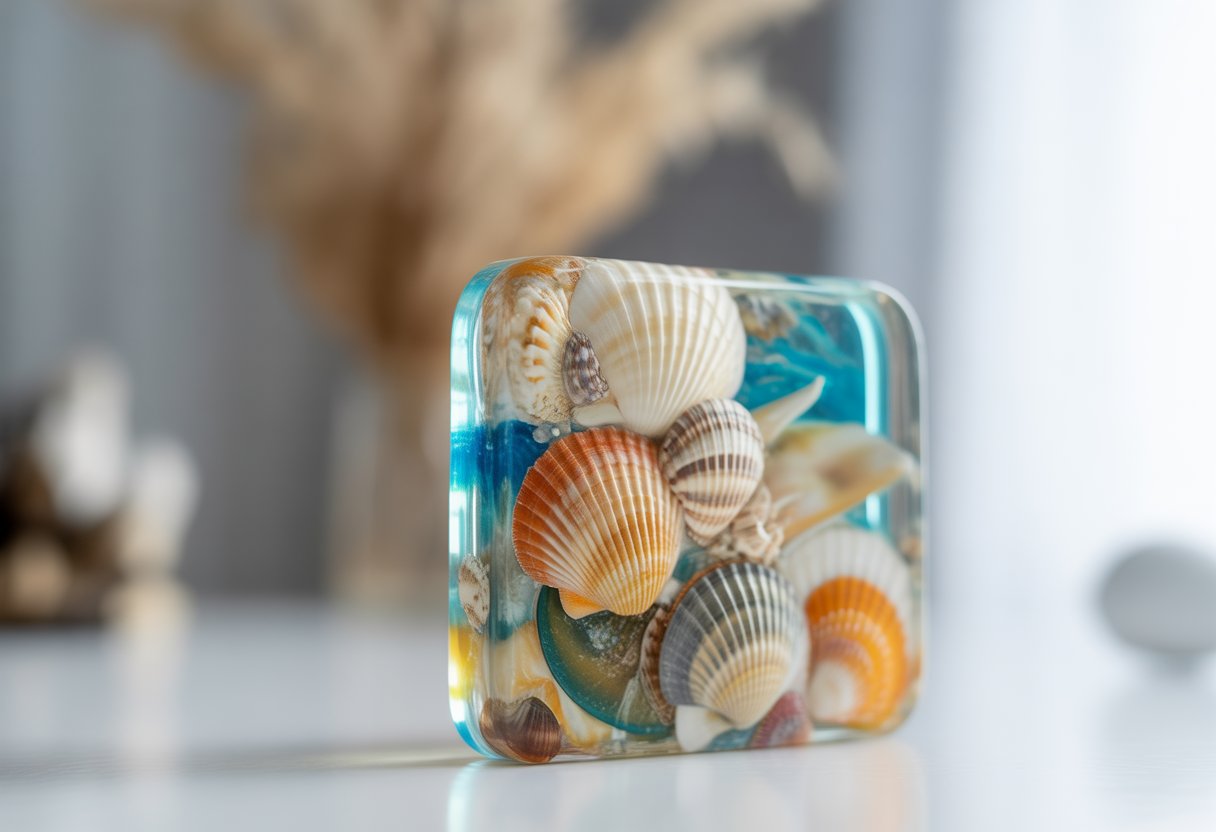

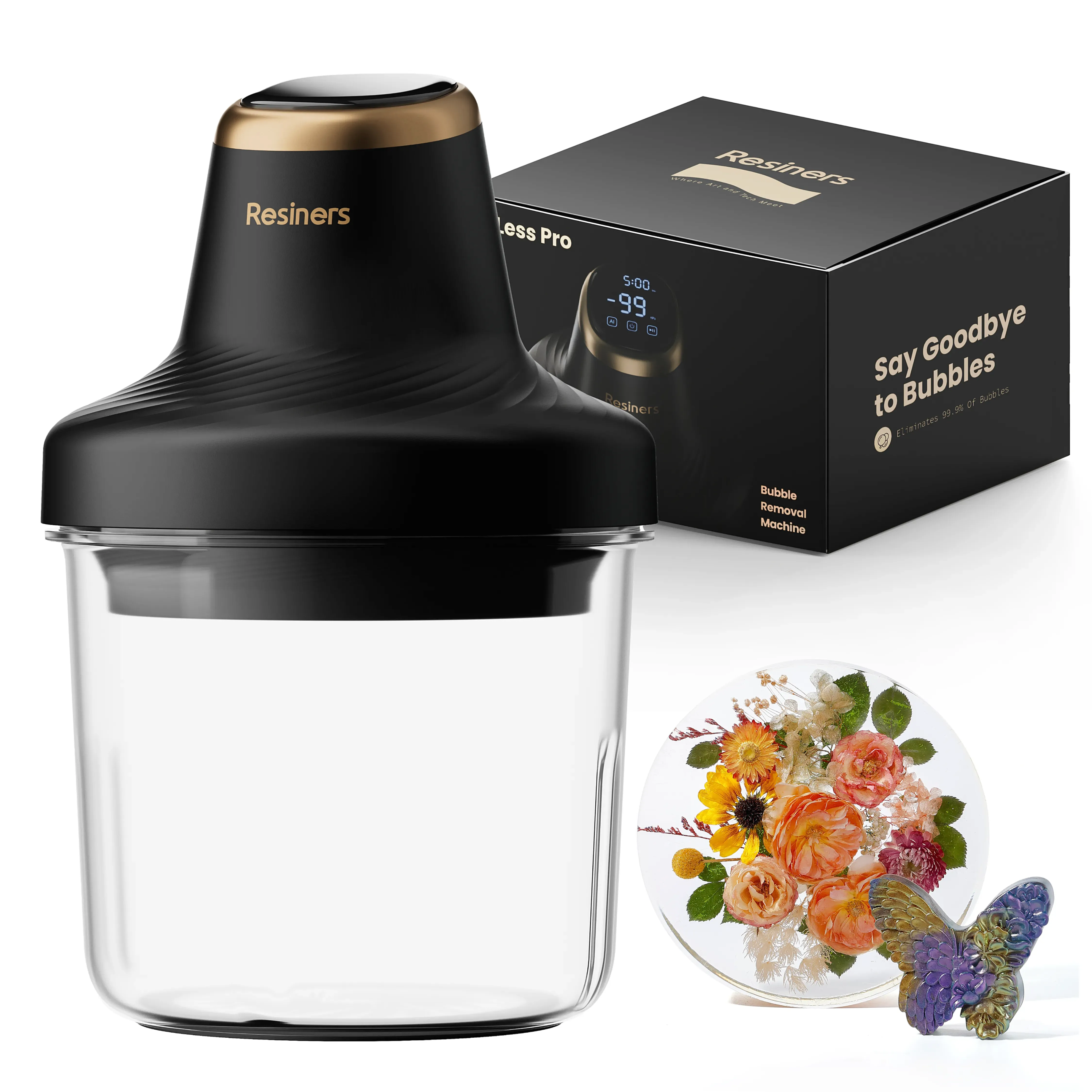
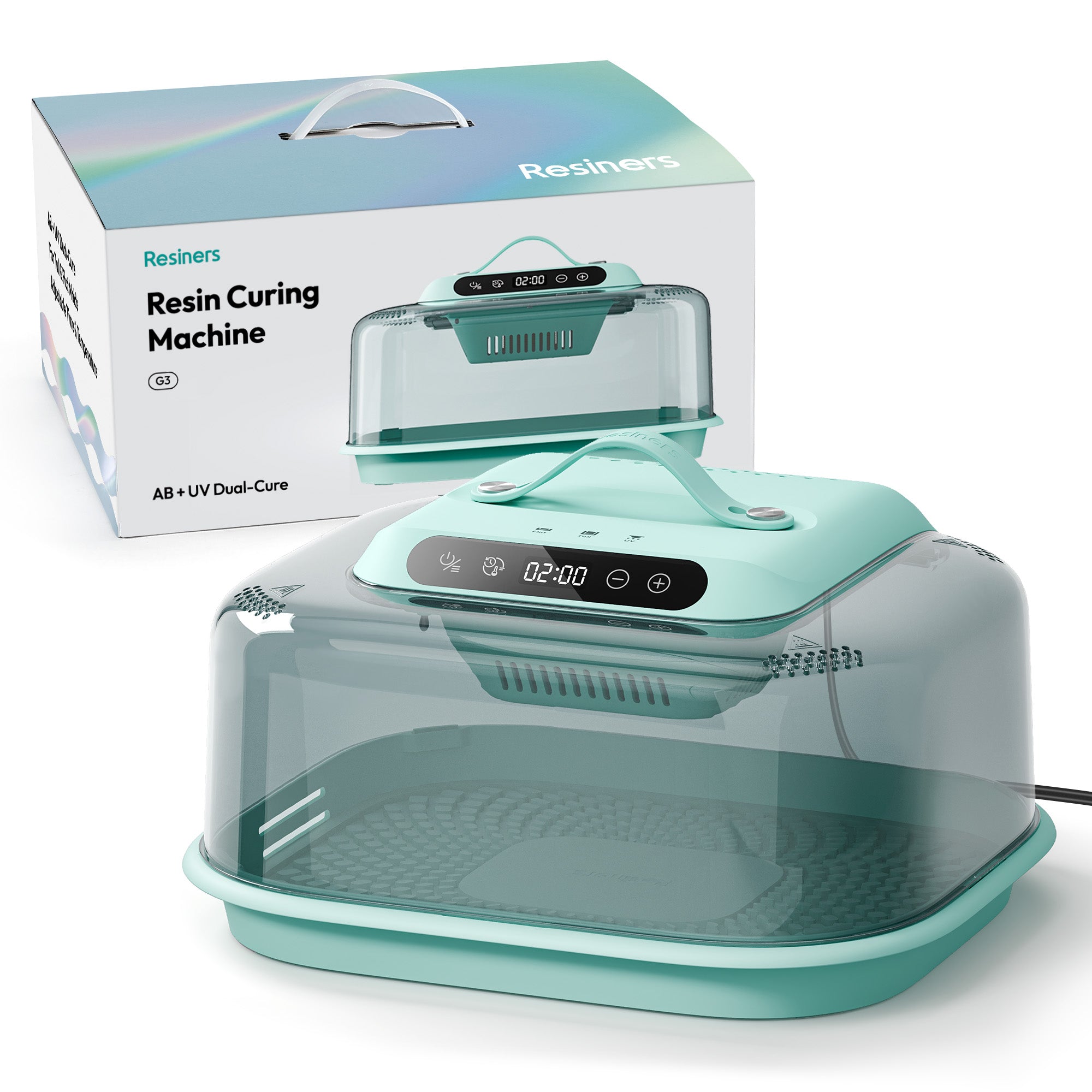


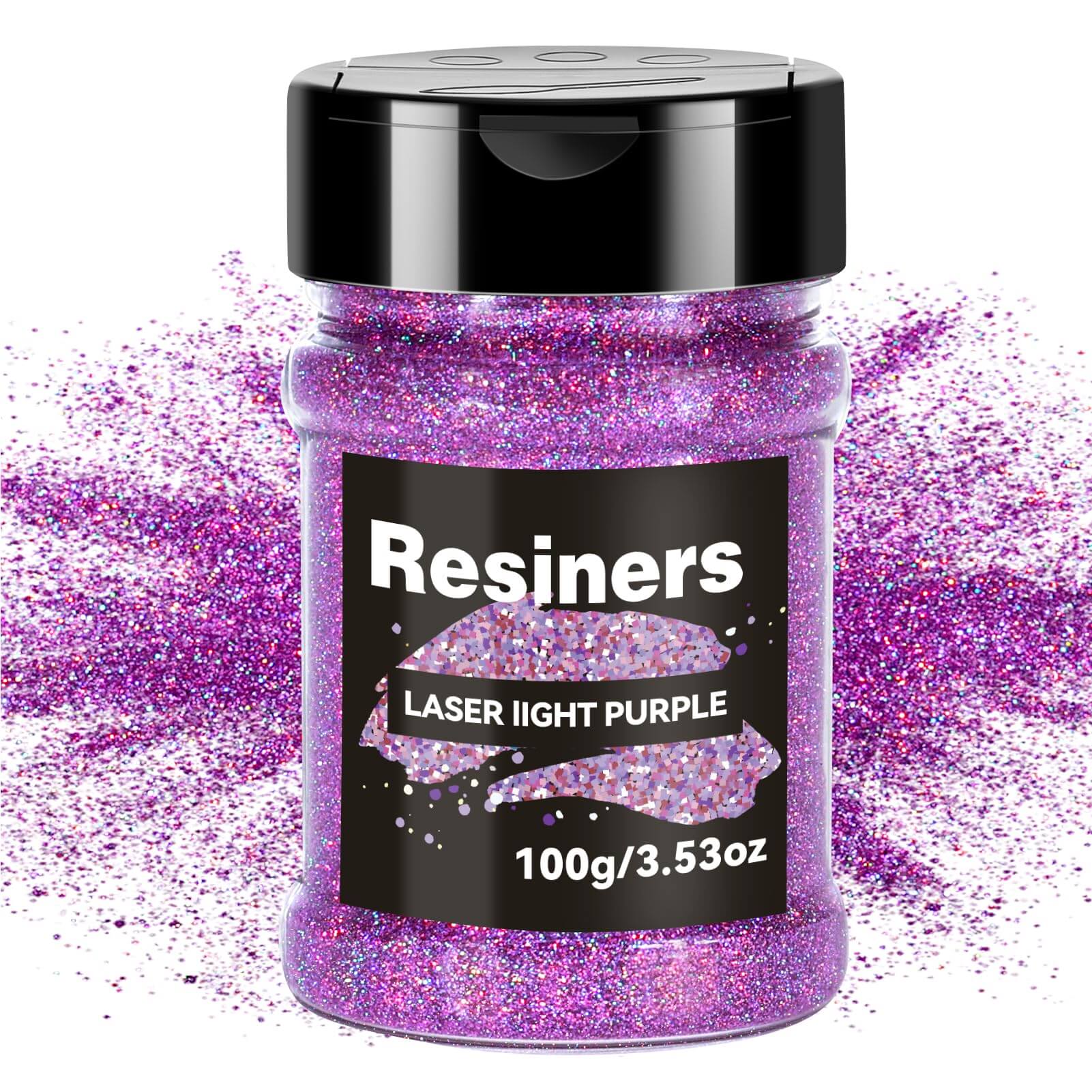
Dejar un comentario
Este sitio está protegido por hCaptcha y se aplican la Política de privacidad de hCaptcha y los Términos del servicio.